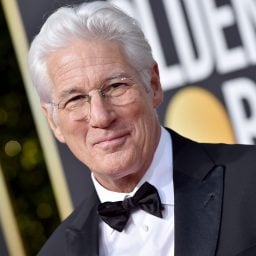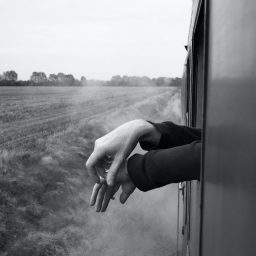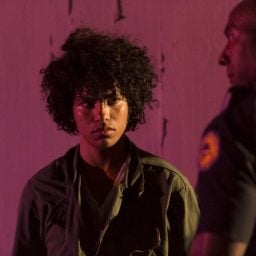At the end of a recent episode of HBO’s Euphoria, the camera looms on a character named Cassie, sick on love and lots of alcohol, crying amongst hundreds of hanging roses. As the shot zooms out, we see that she’s in her room, staring into a vanity mirror. It’s a moment that borders on magical realism. The flowers have no logical reason for being there, yet they make sense: a manifestation of the character’s own perception of herself, perhaps, an object of ephemeral beauty left out to dry.
Euphoria’s second season contains countless moments like this. The show’s virtuosic director of photography, Marcell Rév, is a master at using camera trick to capture his characters’ emotional states, from the piquant pleasures of a teenager with a crush to the noxious paranoia of a high school alpha male.
The image of Cassie, which promptly went viral, looks like a painting. In fact, that was the idea, Rév told me over Zoom recently. He and Euphoria’s writer and director Sam Levinson took inspiration from early 20th-century Mexican murals for that particular shot. It was one of many fine art touchstones that found their way from the cinematographer’s mood board to the screen this season, along with riffs on Frida Kahlo, René Magritte, and Nan Goldin.
Ahead of this weekend’s season two finale, Rév opened up about these and other art influences, as well as his relationship to contemporary photography, the importance of on-set improvisation, and Euphoria’s special sauce.
Editor’s note: this interview has been edited and condensed for clarity.
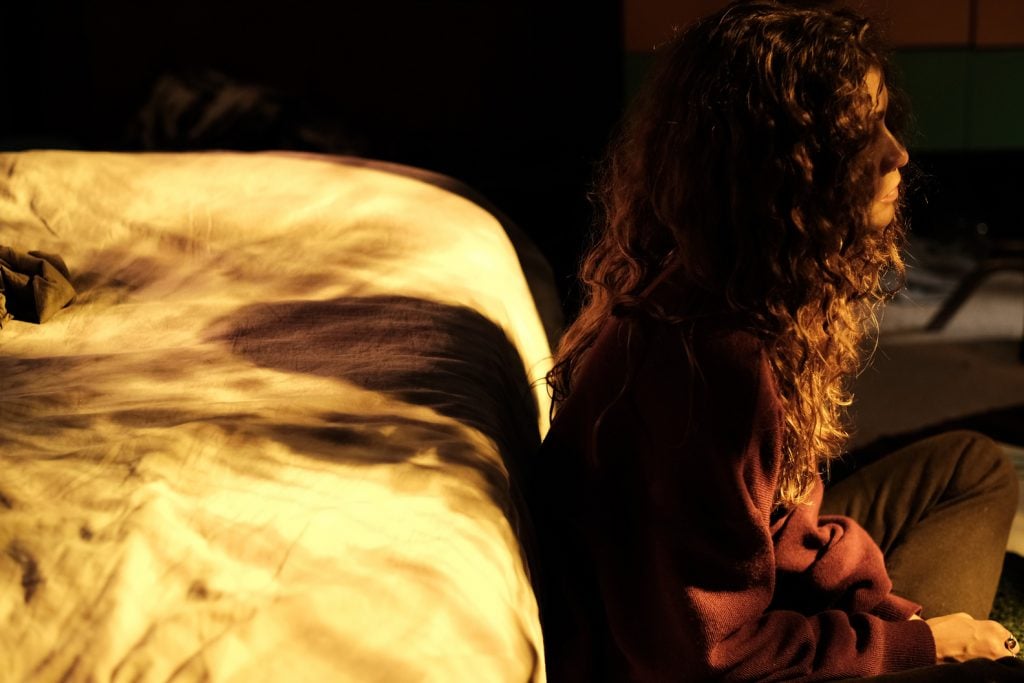
An image from season two of Euphoria, featuring the character Rue played by Zendaya. Courtesy of HBO.
In a behind-the-scenes featurette on a recent episode, you mentioned that you look to a lot of contemporary photography for inspiration. You named Nan Goldin as a particular influence, which makes a lot of sense aesthetically and thematically. Who else were you looking at for this season?
The way it started, to be exact, is I came across the catalogue of an exhibition that took place at MoMA in the early 1990s. It was called “Pleasures and Terrors of Domestic Comfort.” At the time we were prepping season one of Euphoria and it hit very close to the subject that we were about to cover.
I tried to get a hold of a copy for Sam [Levinson], the writer and director, as well. It featured a couple of pictures by Nan Goldin, and some by William Eggleston and Gregory Crewdson, who is a very big reference for a lot of filmmakers. Maybe there were some Philip-Lorca diCorcia photos. But I was more into the intimate side of that exhibition.
Then I remember going to the book store and buying Nan Goldin’s anthology, The Devil’s Playground. It’s an amazing collection of work over her lifetime. That’s how it really started.
To name a couple of influences on this second season—Joel Sternfeld is one of them; Greg Girard, maybe. For the first season I looked at a lot of Todd Hido photos, but we went a little more intimate with the second one, and I don’t think his photos are very relevant this time around.
When I talk about these references or inspirations, I’m not talking about exact aesthetics values. For me it was more about the intimacy of Nan Goldin’s photos or the loneliness of Todd Hido. I’m not trying to mimic a certain aesthetic. The reason I’m looking at photos—like fine art and photographic references—is that it uses totally different tools than filmmaking so I’m always forced to do something different than what I’m looking at.
I’m interested in that relationship between film and photography. I’ve interviewed people who do both—DPs, like yourself, who take photos, or photographers who have transitioned to filmmaking—and to my surprise, they always seem to downplay how one medium informs the other. What, in your mind, is the relationship between making films and making photos?
Photography, by its nature, doesn’t involve a giant factory. It’s more up-to-date, I think, more tapped into current times. It’s always a little bit aesthetically ahead of filmmaking. That’s my feeling, but maybe I’m just jealous. [Laughs]
Photography has more of an influence on the visuality of movies than the other way around. When we’re talking about staged photography, you can have a back and forth. But just on a very aesthetic level, photographs—stills—are always a little ahead of filmmaking. It’s a more flexible medium.
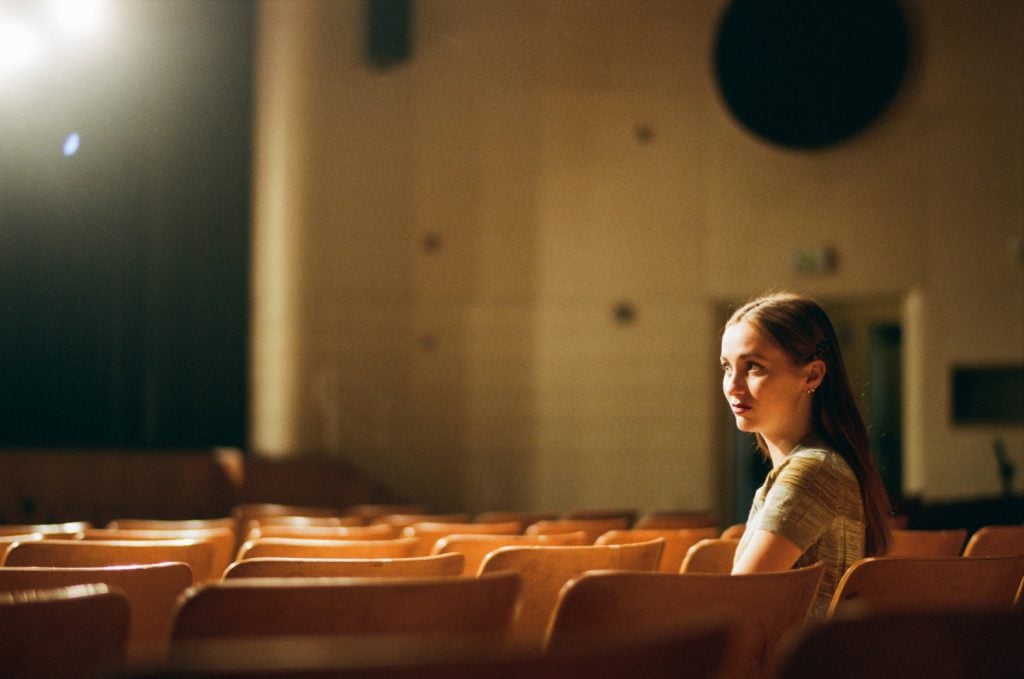
An image from Euphoria with the actress Maude Apatow. Courtesy of HBO.
You called the industry a “giant factory.” What did you mean by that?
Film necessarily involves a lot of people and it’s expensive to make. Whereas you can just walk out with a stills camera and take pictures and create a world that way. It’s not really the same with a fiction motion picture.
Unlike season one of Euphoria, you shot this entire season on film. You even had Kodak convert one of its facilities to remanufacture an out-of-production film stock for the project. What was behind that decision, creatively?
We always wanted to shoot film, from day one of season one. For a lot of reasons we didn’t have the opportunity to do it. Then, during the pandemic and before the second season, we shot two special episodes and those were on film. We wanted to go a little more intimate, a little more personal this time around. By its nature, film is more intimate. I think it’s a better format to shoot on too, to be very honest. I have no problems with digital, but when I can, when it’s right for a project, I like to shoot on film.
In what way is film a more intimate format for you?
The way it captures human skin tones and the face—it’s just a more organic and more lively look. Also it has a very unpredictable nature, which I tend to like. Obviously you have to know your stock and be able to control it to a certain factor. But it also gives you nice surprises all the time, which is exciting and I’m all for that. Some people don’t like surprises; I like to be excited when it comes back from the lab.
Being in the business of surprises seems like a slippery slope when you’re working with as many people, and with as much money, as you are.
[Laughs] Yeah, obviously you have to be on top of it—you can’t create something that’s technically wrong or unacceptable. But who knows what that means, you know? We’ve done a lot of things on Euphoria that they tell you not to do in film school and people seem to like it.
Episode 4 of this season opened with a montage in which two of show’s main characters, Rue and Jules, recreated famous images of love, including many from art history: Botticelli’s Birth of Venus, Frida Kahlo’s Self Portrait as a Tehuana, and René Magritte’s The Lovers, for example. I suspect, given just how much the show wears its influences on its sleeve, that there are other, more subtle art homages too—even if they can be hard to pick out the first time through because of how quickly everything is coming at you. Can you think of any other nods to art history in previous episodes?
I mean, not really nods. With the montage you’re talking about, those were very direct references. We were actually mimicking those [artworks and movies], but as a joke. [Laughs]
Other than that, something that I can directly point to is the end montage of that same episode, especially the image where Cassie is shown in the reflection of her vanity mirror and she’s surrounded by flowers. Both Sam and I were looking at a lot of Mexican murals from the first half of the 20th century. I remember one mural in particular—I think it’s by Alfredo Ramos Martinez—with a woman who has a bucket of flowers in her bag. I remember thinking that the montage should feel like a collection of those iconic murals.
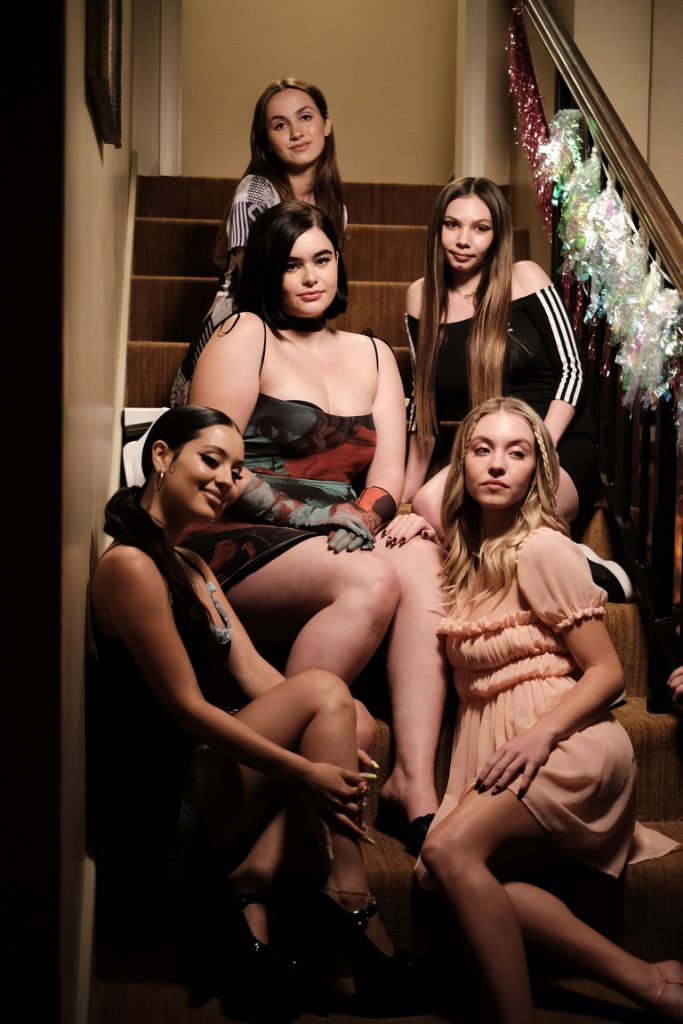
Actresses Alexa Demie, Barbie Ferreira, Maude Apatow, Sophia Rose Wilson, and Sydney Sweeney in season two of Euphoria. Courtesy of HBO.
What about other sources of inspiration? When you, Sam Levinson, and others were working on this season, what did your mood board look like?
Usually what I do, when I start officially prepping a project, is get an office, like a small space in the back of a studio—a very depressing room at times. Then I start pulling references that come to my mind as I read the script. I put them up on the wall, start surrounding myself with images. It’s a mixture of fine art references—a lot of photographs, paintings—as well as album covers, my photos from location scouts, and sometimes I even print out a small quote from something too. By the end of a prep, hopefully the whole room is filled with images and it gives you an idea of the visuality of that project. You just put those things next to each other and hopefully they make sense.
That’s an apt image, you surrounded by images. The experience of watching Euphoria feels similar: the viewer is immersed in this kaleidoscopic mélange of various visuals.
It’s not that glamorous. [Laughs] It’s a lot of pictures printed with shitty printers. But reading the script also has that effect you’re talking about. Much of the visuality of the show is written in the script. So I can’t take credit for it because it’s on the paper already. Obviously we add a lot on the fly and while we’re prepping it and shooting it, but it’s all rooted in the writing.
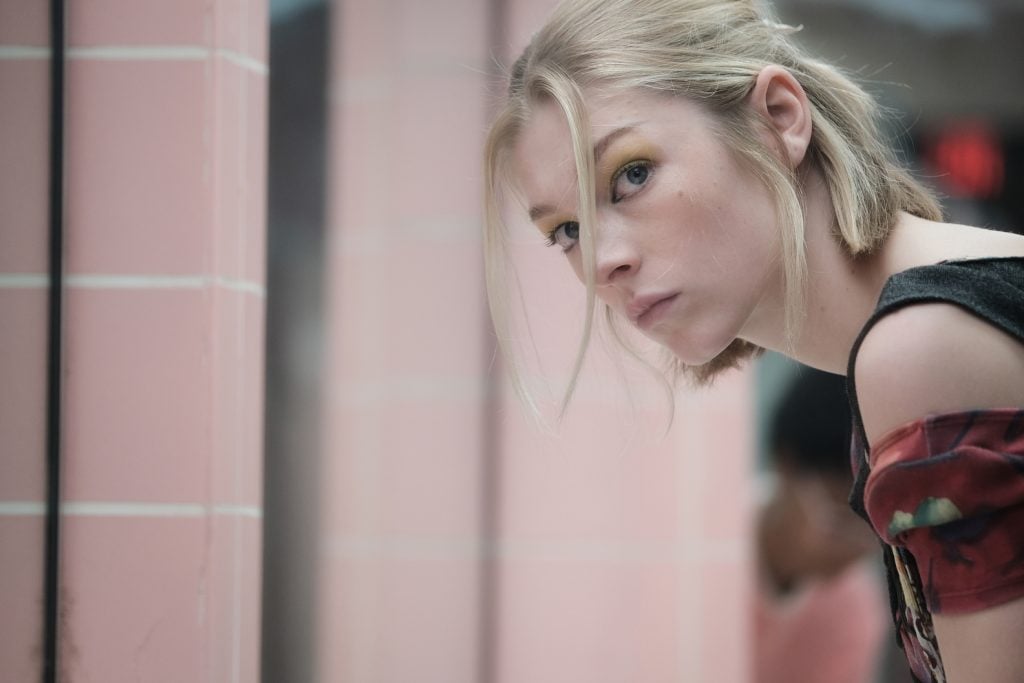
Actress Hunter Schafer in Euphoria. Courtesy of HBO.
There are some Euphoria storyboards floating around online, and they’re like works of art unto themselves—a fascinating synthesis of illustration, photography, and cinematography. Entire scenes are mapped out, down to camera movement and the blocking for actors. How important is this stage of your process?
Peter Beck is the storyboard artist on Euphoria. He’s amazing and really easy to work with. Storyboarding is sometimes key. We do shots and scenes on Euphoria that are built around the camera; we have to build sets around certain camera moves. So for that you have to really plan it precisely and the storyboard is just the easiest way to do that.
There are also a lot of scenes that are storyboarded but changed on set. Sometimes you just have to be flexible on the day and throw out the plan to do something that’s more interesting. Other times you just show up somewhere and things are not the way you imagined they would be, and you have to adapt. That can be frustrating but also inspiring at the same time. It requires a certain amount of open-mindedness, especially if you spend three months storyboarding something and then you throw it away the day of—it’s not that easy, emotionally. [Laughs] But I do think it’s important.
And Sam is really good in that way because he loves to prep but also he easily adapts and loves to improvise on the day as well. He’s the writer, director, and is also a producer on the show, so that gives us that kind of freedom. Also, HBO is very supportive. I’ve never gotten notes from the studio; I’m only talking to Sam. And that’s a great place to be, to be honest.
The success of the first season—there was a certain amount of trust that came with that. I mean, I don’t know what success means, but it brought the kind of numbers for the studio that gives you the freedom to be yourself. For us, it’s more of a financial responsibility—you have to deliver a certain amount of quality in a certain amount of time.
Leaving that space for surprise and improvisation—how much of that is normal on a film set and how much of it is a special sauce that makes Euphoria shine?
That’s a question I ask myself a lot: how much of filmmaking is an intellectual thing that you can emphasize with words and prep for and how much of it is just a gut feeling that you have while you’re doing it? I tend to think that some of it you just can’t explain or figure out in a room by yourself. It’s something that comes to you—maybe it comes to you three months before you start shooting or maybe it comes to you on the day when you see the actor in front of the camera.
A lot of it, in my opinion, is instinctive and not something you can intellectually control. It’s the same question of when do you push the button on your stills camera? You can’t really plan for that. It’s an instinctive moment. Even if you’re a very experienced photographer, there has to be something special about that moment when you push that button.







